1. Types of Bed Covers
A bed cover is an essential bedding item that provides both comfort and protection to your bed. There are various types of bed covers available in the market, each with its own unique features. The two main types of bed covers are fitted sheets and flat sheets.
A fitted sheet is a sheet with elastic edges that fit snugly over your mattress, keeping it in place and preventing it from slipping off. Flat sheets, on the other hand, are sheets that are simply laid on top of your mattress and tucked in. They do not have elastic edges and are more prone to slipping off.
When choosing a bed cover, consider the type of bed you have and your personal preference for ease of use and comfort.
2. Mattress Cover vs. Bedspread
While a bed cover refers to any type of covering for your bed, a mattress cover specifically refers to a protective layer that covers your mattress and acts as a barrier between you and the mattress. It is usually made of a waterproof material and helps to protect your mattress from spills, stains, and dust mites.
On the other hand, a bedspread is a decorative covering that is placed on top of your bed for added warmth and style. It is not meant to protect your mattress and is often made of a heavier material such as quilted fabric or wool.
It is important to understand the difference between a mattress cover and bedspread when shopping for bedding, as they serve different purposes.
3. Understanding the Difference Between Bed and Mattress Covers
Many people use the terms "bed cover" and "mattress cover" interchangeably, but there are significant differences between the two. A bed cover is a general term that can refer to any type of covering for your bed, such as sheets, blankets, comforters, and bedspreads.
A mattress cover, on the other hand, specifically refers to a protective layer that covers your mattress. It is usually made of a waterproof material and helps to protect your mattress from spills, stains, and dust mites.
Knowing the difference between these two terms can help you choose the right type of cover for your specific needs.
4. Choosing the Right Bed and Mattress Cover for Your Needs
When it comes to choosing a bed and mattress cover, there are a few factors to consider. First, think about the type of bed you have and the size of your mattress. Make sure to choose a cover that fits your bed properly for maximum comfort and protection.
You should also consider your personal preferences for material and style. Cotton and polyester are the two main materials used for bed covers, with cotton being more breathable and comfortable, and polyester being more durable and affordable.
When it comes to style, you can choose from fitted or flat sheets, as well as different patterns and colors for a touch of personalization.
5. Bed Cover Materials: Cotton vs. Polyester
As mentioned before, the two main materials used for bed covers are cotton and polyester. Cotton is a natural material that is known for its softness, breathability, and ability to regulate body temperature. It is also hypoallergenic, making it a great choice for those with allergies or sensitive skin.
Polyester, on the other hand, is a synthetic material that is known for its durability and affordability. It is also wrinkle-resistant and easy to care for.
When choosing between cotton and polyester bed covers, consider your personal preferences and needs to determine which material is best for you.
6. How to Properly Care for Your Bed and Mattress Covers
Proper care and maintenance of your bed and mattress covers are essential for ensuring their longevity and effectiveness. It is recommended to wash your bed and mattress covers at least once a week to prevent the buildup of dirt, sweat, and bacteria.
When washing, be sure to follow the instructions on the care label for the specific type of cover you have. This will ensure that the material stays in good condition and does not shrink or become damaged.
Additionally, it is important to regularly rotate and flip your mattress to prevent wear and tear on one side. This will also help to distribute your weight evenly, prolonging the life of your mattress.
7. The Importance of Using a Mattress Cover
Using a mattress cover may seem like an extra step in making your bed, but it is an important one. A mattress cover acts as a barrier between you and your mattress, protecting it from spills, stains, and dust mites.
Over time, without a mattress cover, your mattress can become stained and dirty, which can lead to an uncomfortable and unhygienic sleeping environment. A mattress cover also helps to extend the life of your mattress, saving you money in the long run by preventing the need for frequent replacements.
Investing in a good quality mattress cover is a smart choice for maintaining the cleanliness and lifespan of your mattress.
8. Bed Cover Styles: Fitted vs. Flat
When it comes to bed covers, there are two main styles to choose from: fitted and flat. A fitted sheet is a sheet with elastic edges that fit snugly over your mattress, while a flat sheet is simply laid on top of your mattress and tucked in.
Fitted sheets are easier to use and stay in place better, but they may not fit as well on thicker or non-standard sized mattresses. Flat sheets, on the other hand, provide a more traditional look and allow for more flexibility in terms of mattress size. Ultimately, the choice between fitted and flat sheets comes down to personal preference.
9. Mattress Cover Benefits for Allergy Sufferers
If you suffer from allergies, a mattress cover can be a game-changer for your sleep quality. A mattress cover acts as a barrier against dust mites, which are a common trigger for allergies. It also helps to prevent the buildup of allergens such as pet dander, mold, and mildew.
Investing in a hypoallergenic mattress cover can significantly improve your sleep and overall health by reducing your exposure to allergens while you sleep.
10. How to Choose the Right Size Bed and Mattress Cover
Choosing the right size bed and mattress cover is important for both comfort and functionality. A cover that is too small will be difficult to put on and may slip off, while a cover that is too large will be loose and bunch up, causing discomfort and reducing its effectiveness.
To determine the right size, measure the length, width, and depth of your mattress, and choose a cover that is slightly larger to accommodate for any shrinkage after washing. It is also helpful to check the size guide provided by the manufacturer to ensure a proper fit.
In conclusion, understanding the difference between bed and mattress covers is essential for choosing the right type of cover for your specific needs. Whether you prefer a fitted or flat sheet, cotton or polyester material, or have allergies that require a hypoallergenic cover, there is a wide range of options available to suit your preferences. Proper care and maintenance of your covers will also ensure their longevity, keeping your bed clean and comfortable for years to come.
The Importance of Choosing the Right Bed and Mattress Cover for Your House Design
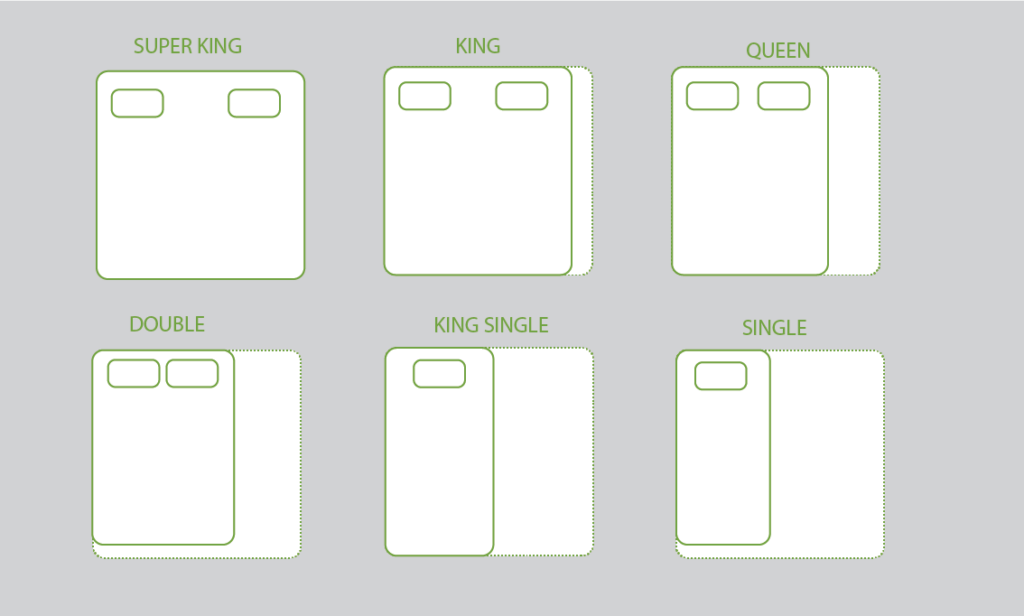
Choosing the Right Bed and Mattress Cover
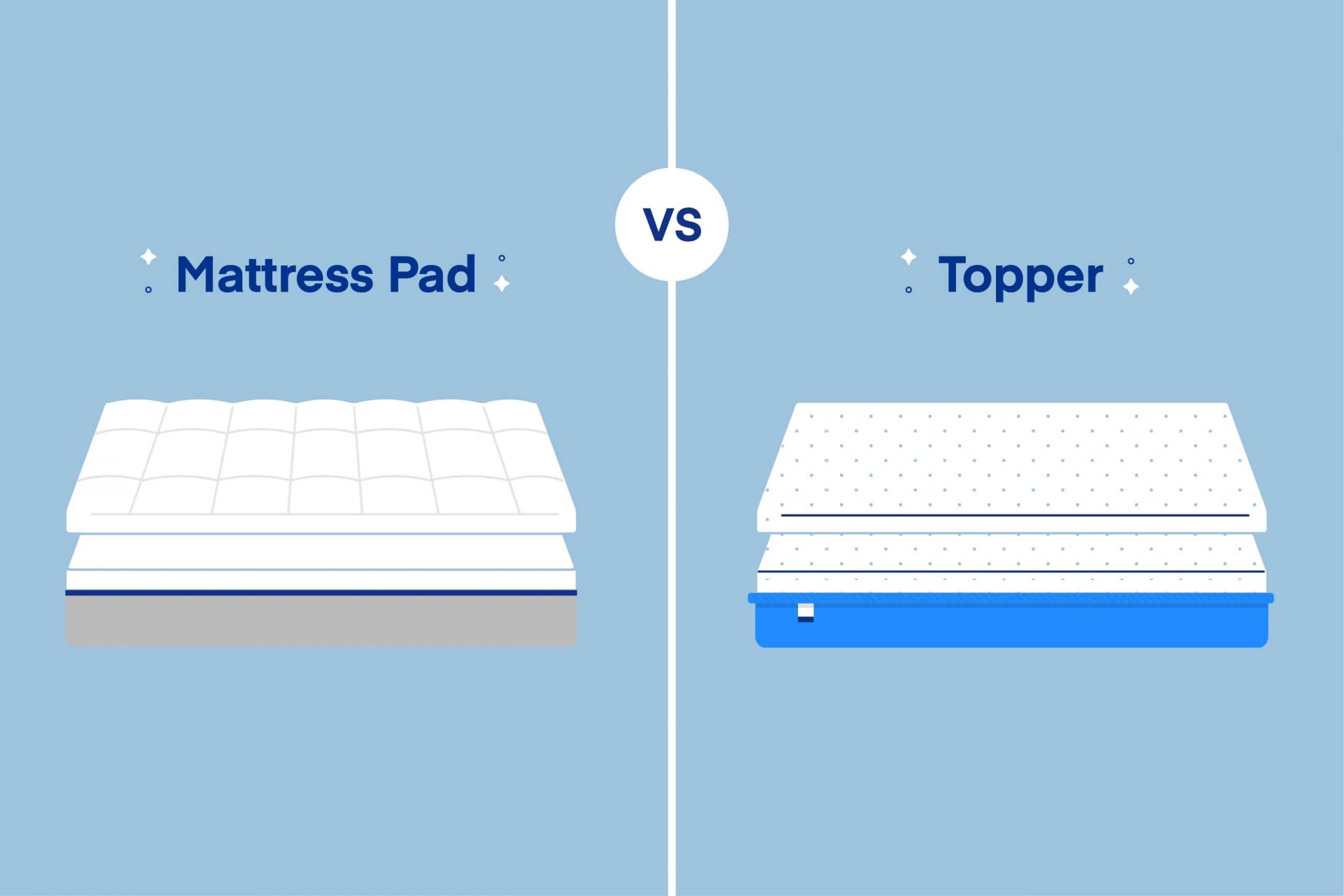 When it comes to designing your house, the
bed
and
mattress cover
may seem like small details, but they can make a big impact on the overall aesthetic of your bedroom. These two items are not only essential for a good night's sleep, but they also play a significant role in the overall design and style of your room.
When it comes to designing your house, the
bed
and
mattress cover
may seem like small details, but they can make a big impact on the overall aesthetic of your bedroom. These two items are not only essential for a good night's sleep, but they also play a significant role in the overall design and style of your room.
What is the Difference Between a Bed and Mattress Cover?
 Many people often confuse
bed
and
mattress covers
, thinking they are the same thing. However, there is a significant difference between the two. A
bed cover
is a decorative piece of fabric that covers the entire bed, including the
mattress
,
pillows
, and
duvet
. It is usually used for aesthetic purposes and can add a pop of color or pattern to your bedroom. On the other hand, a
mattress cover
is a protective layer that goes directly on top of the
mattress
to prevent stains, spills, and wear and tear.
Many people often confuse
bed
and
mattress covers
, thinking they are the same thing. However, there is a significant difference between the two. A
bed cover
is a decorative piece of fabric that covers the entire bed, including the
mattress
,
pillows
, and
duvet
. It is usually used for aesthetic purposes and can add a pop of color or pattern to your bedroom. On the other hand, a
mattress cover
is a protective layer that goes directly on top of the
mattress
to prevent stains, spills, and wear and tear.
The Importance of Choosing the Right Bed and Mattress Cover
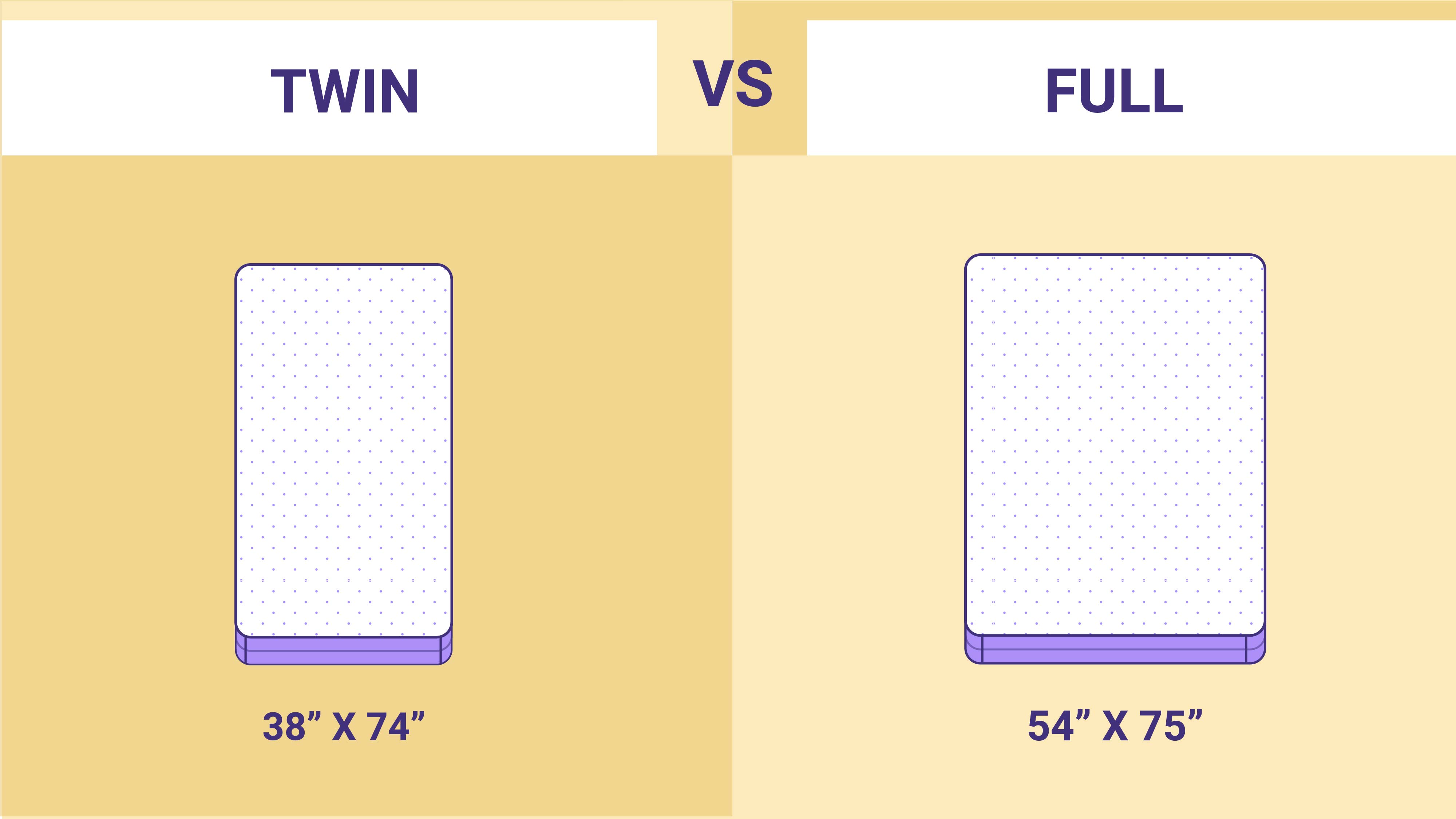 Investing in the right
bed
and
mattress cover
is crucial for both the functionality and style of your bedroom. The right
bed cover
can bring together the entire look of your room, creating a cohesive and visually appealing design. It can also serve as a statement piece, adding personality and character to your space.
Similarly, choosing the right
mattress cover
is essential for protecting your
mattress
and ensuring its longevity. A good quality
mattress cover
can prevent spills, stains, and allergens from seeping into your
mattress
, keeping it clean and hygienic. It can also add an extra layer of comfort to your bed, making for a more restful sleep.
Investing in the right
bed
and
mattress cover
is crucial for both the functionality and style of your bedroom. The right
bed cover
can bring together the entire look of your room, creating a cohesive and visually appealing design. It can also serve as a statement piece, adding personality and character to your space.
Similarly, choosing the right
mattress cover
is essential for protecting your
mattress
and ensuring its longevity. A good quality
mattress cover
can prevent spills, stains, and allergens from seeping into your
mattress
, keeping it clean and hygienic. It can also add an extra layer of comfort to your bed, making for a more restful sleep.
Considerations When Choosing a Bed and Mattress Cover
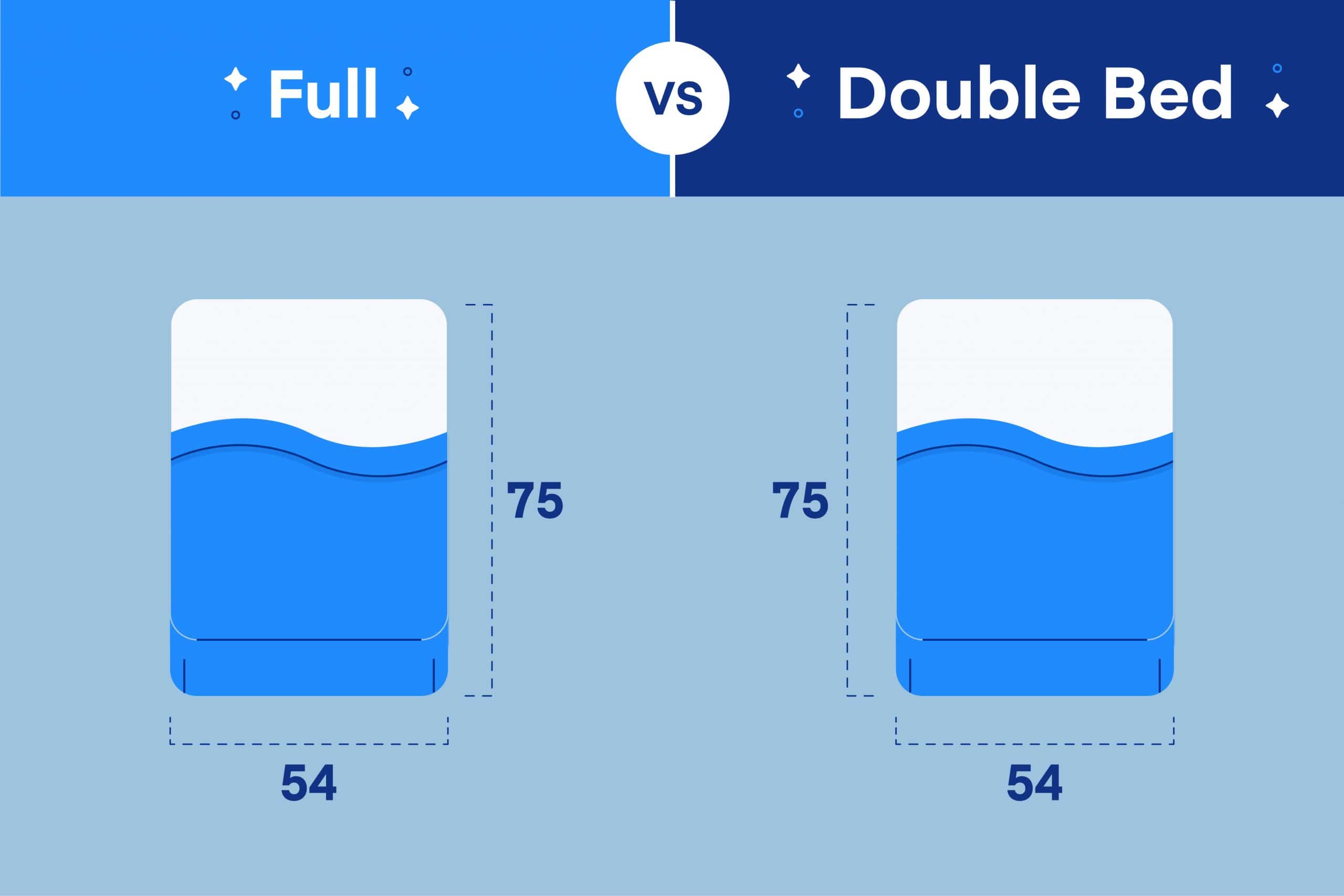 When selecting a
bed
and
mattress cover
, there are a few things to consider. Firstly, think about the overall design and style of your bedroom. Your
bed cover
should complement the existing color scheme and decor. Secondly, consider the material of the
bed
and
mattress cover
. You want something that is both durable and comfortable. Lastly, make sure to choose the right size to ensure a perfect fit for your bed.
In conclusion, the
bed
and
mattress cover
are two essential elements in house design, not only for aesthetic purposes but also for functionality and protection. By choosing the right
bed
and
mattress cover
, you can elevate the look of your bedroom and ensure a comfortable and hygienic sleep environment. So next time you're revamping your bedroom, don't overlook the importance of these two crucial pieces.
When selecting a
bed
and
mattress cover
, there are a few things to consider. Firstly, think about the overall design and style of your bedroom. Your
bed cover
should complement the existing color scheme and decor. Secondly, consider the material of the
bed
and
mattress cover
. You want something that is both durable and comfortable. Lastly, make sure to choose the right size to ensure a perfect fit for your bed.
In conclusion, the
bed
and
mattress cover
are two essential elements in house design, not only for aesthetic purposes but also for functionality and protection. By choosing the right
bed
and
mattress cover
, you can elevate the look of your bedroom and ensure a comfortable and hygienic sleep environment. So next time you're revamping your bedroom, don't overlook the importance of these two crucial pieces.



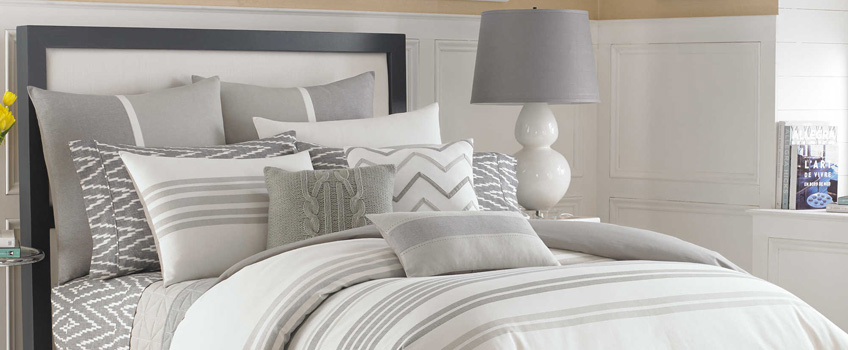



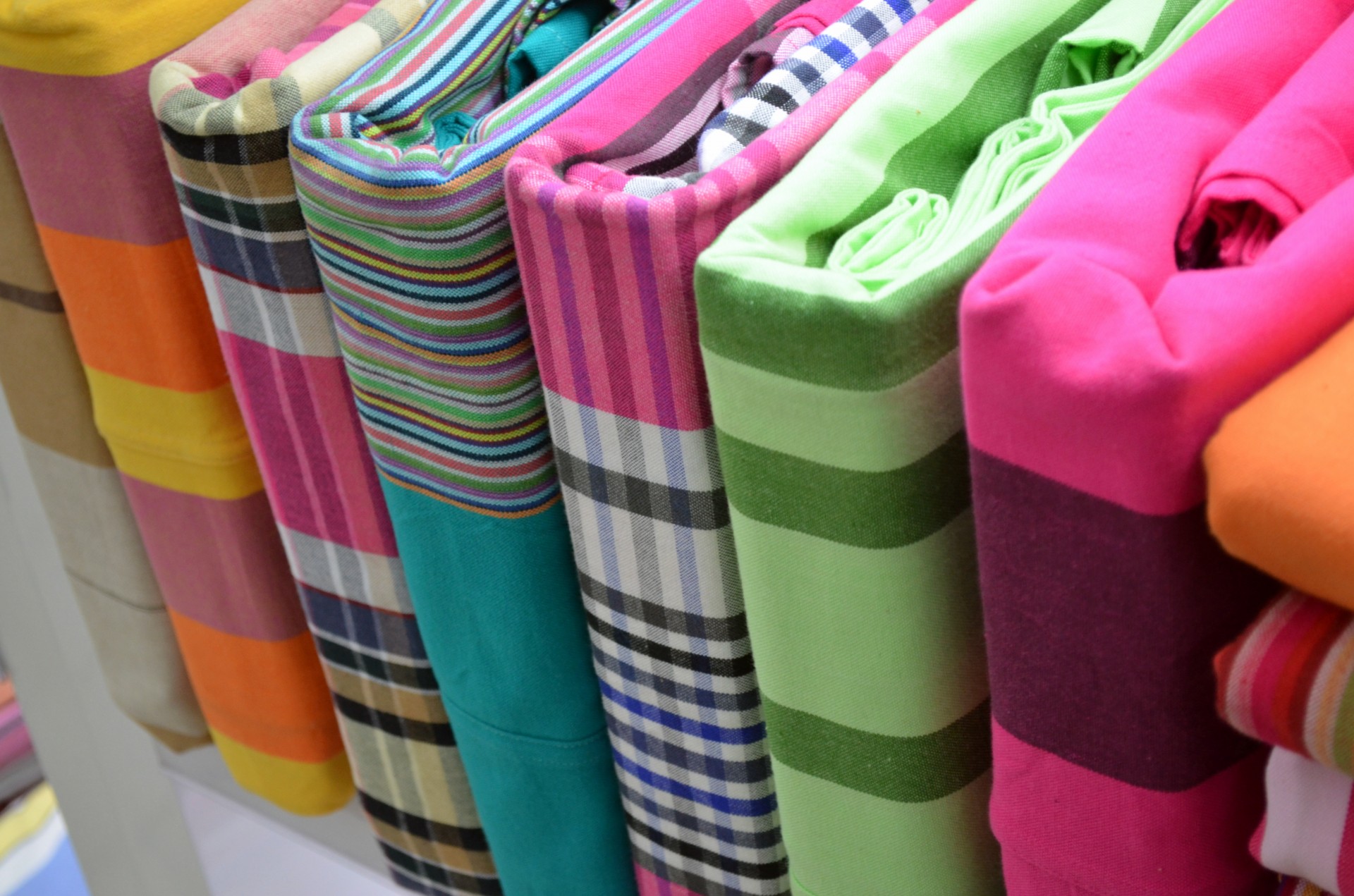


.jpg)











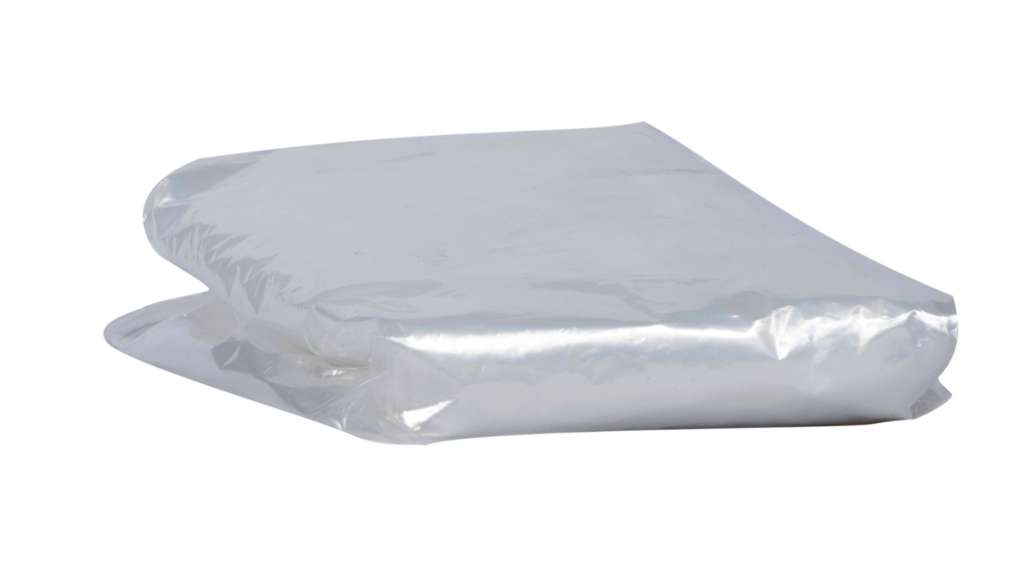





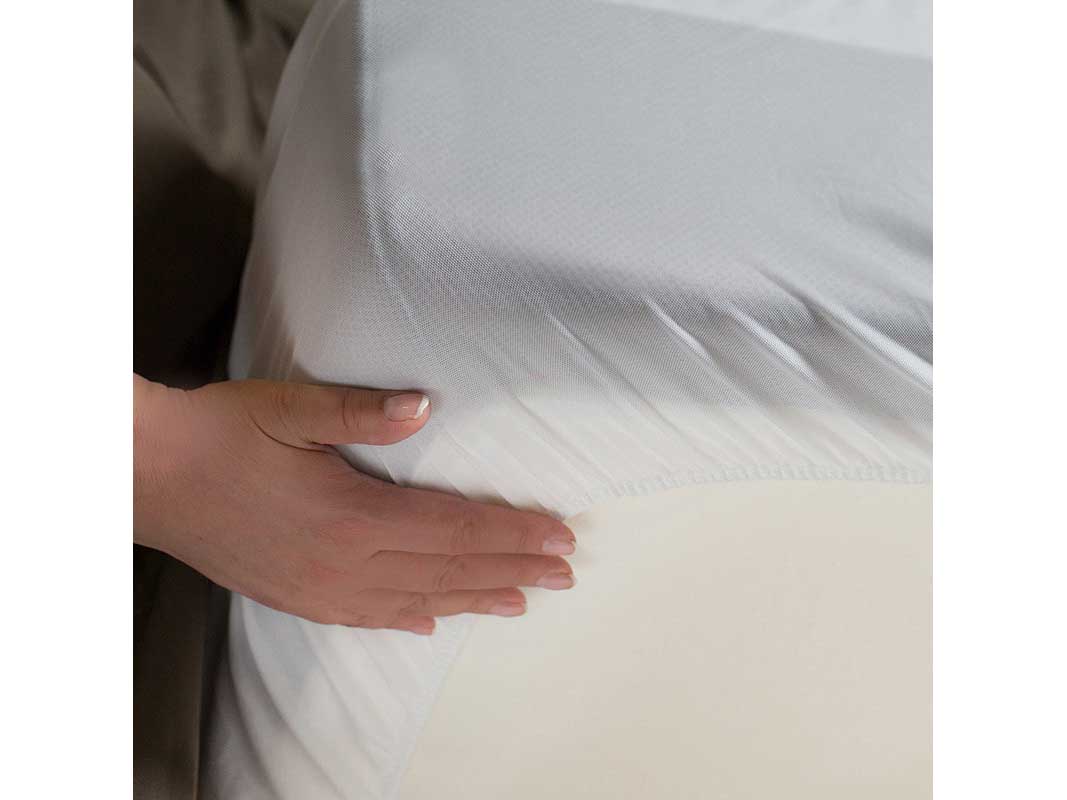

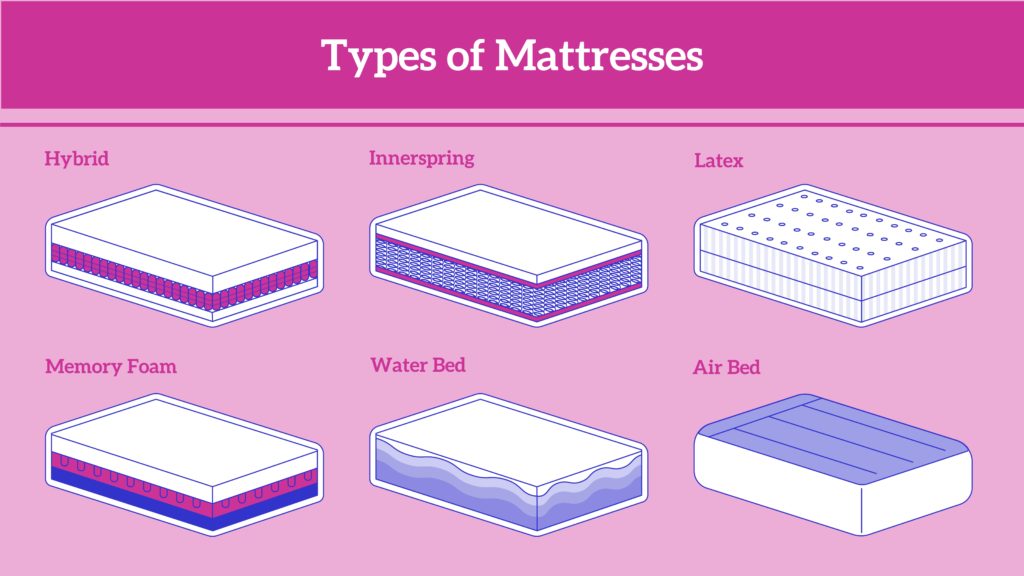
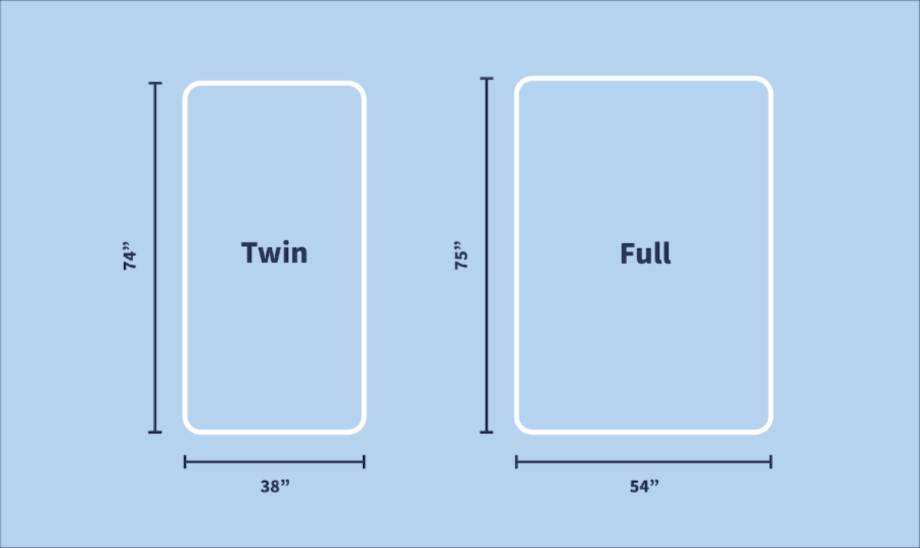
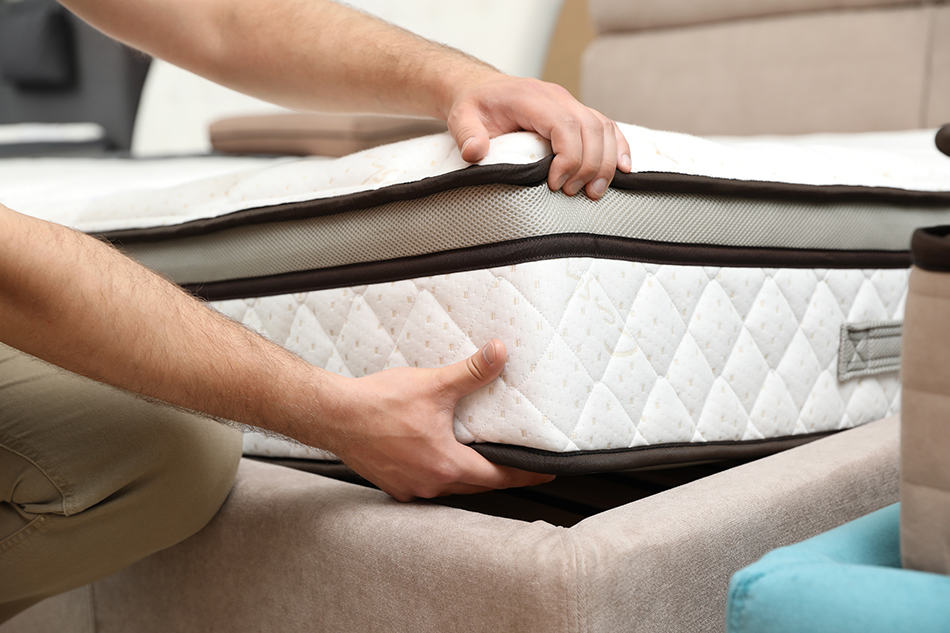







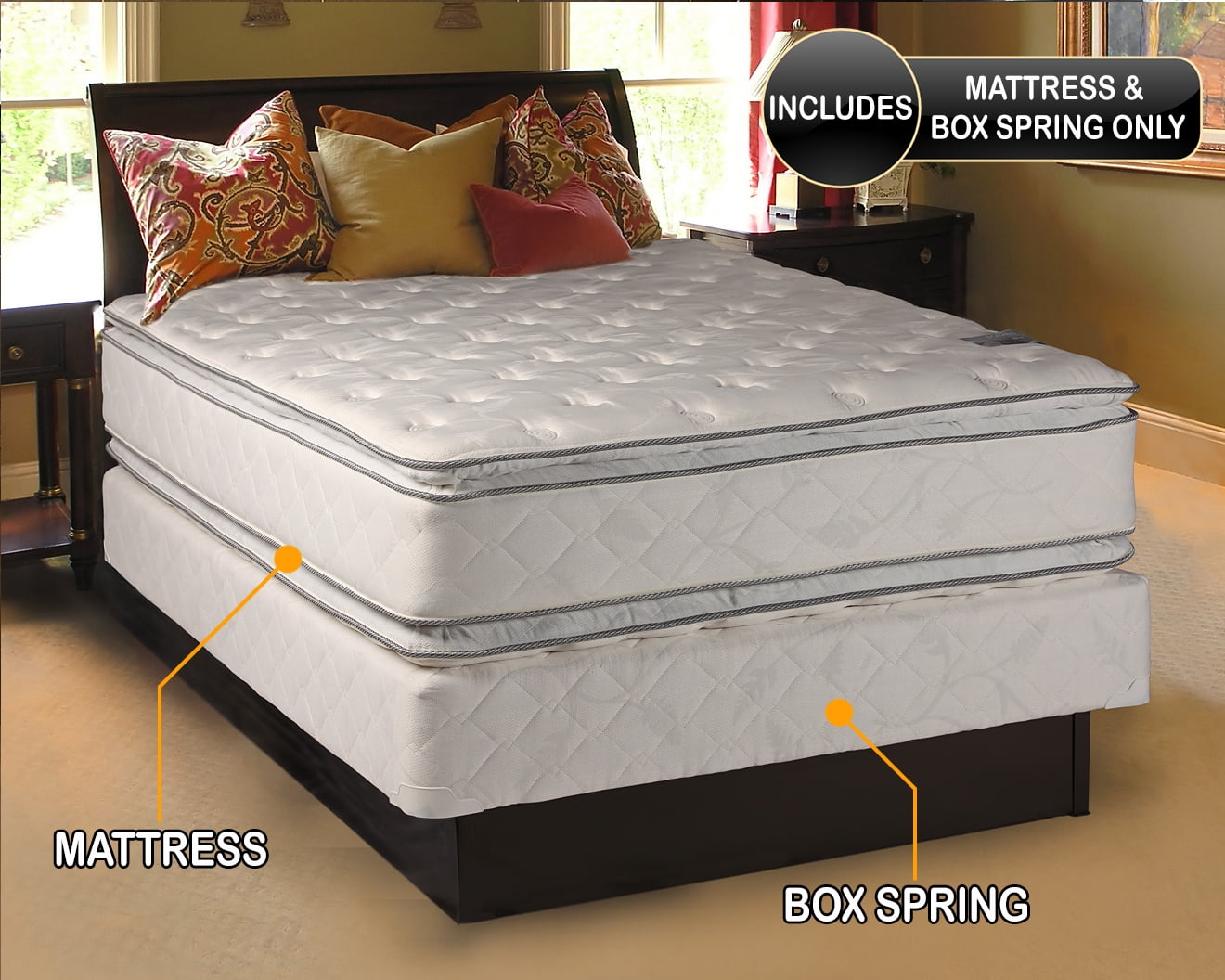
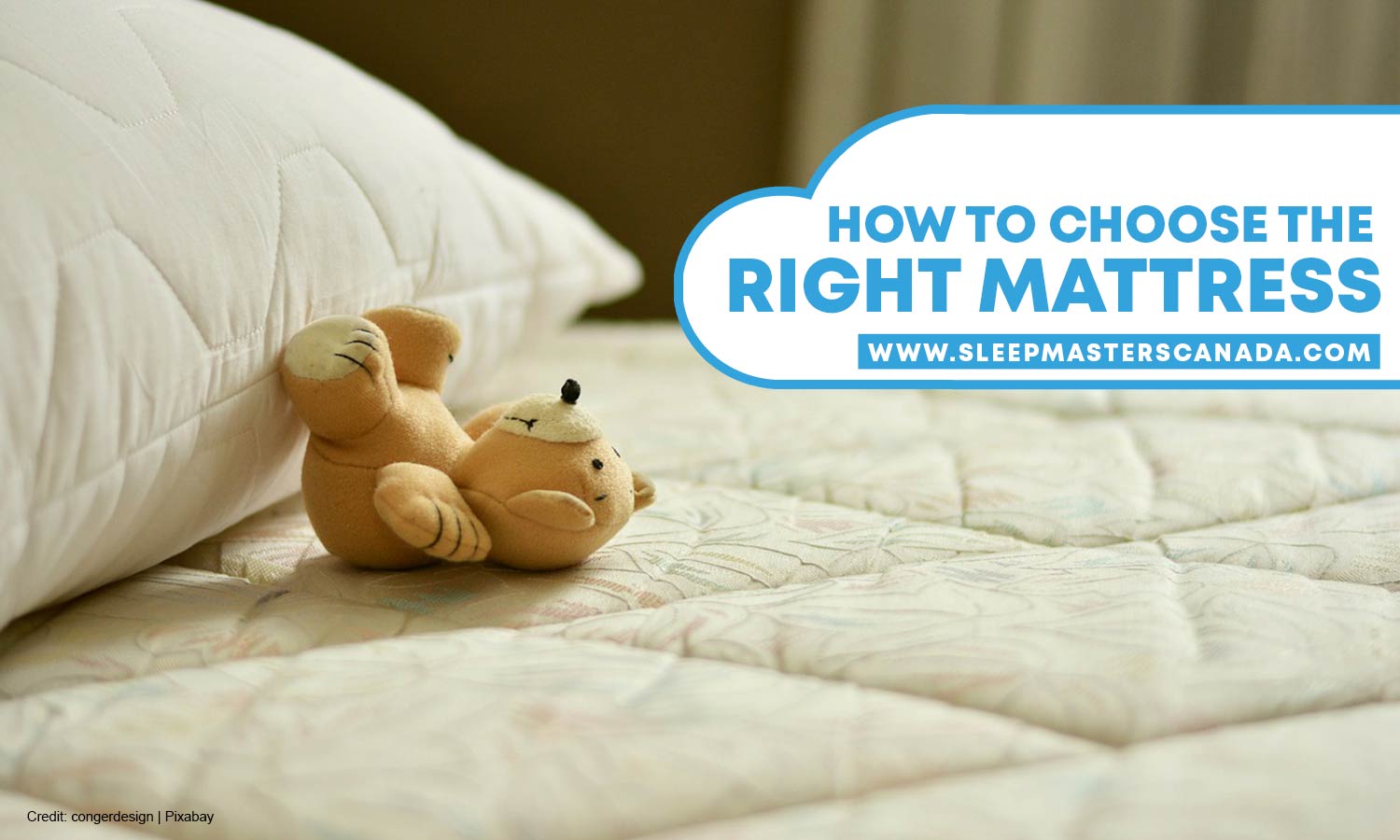





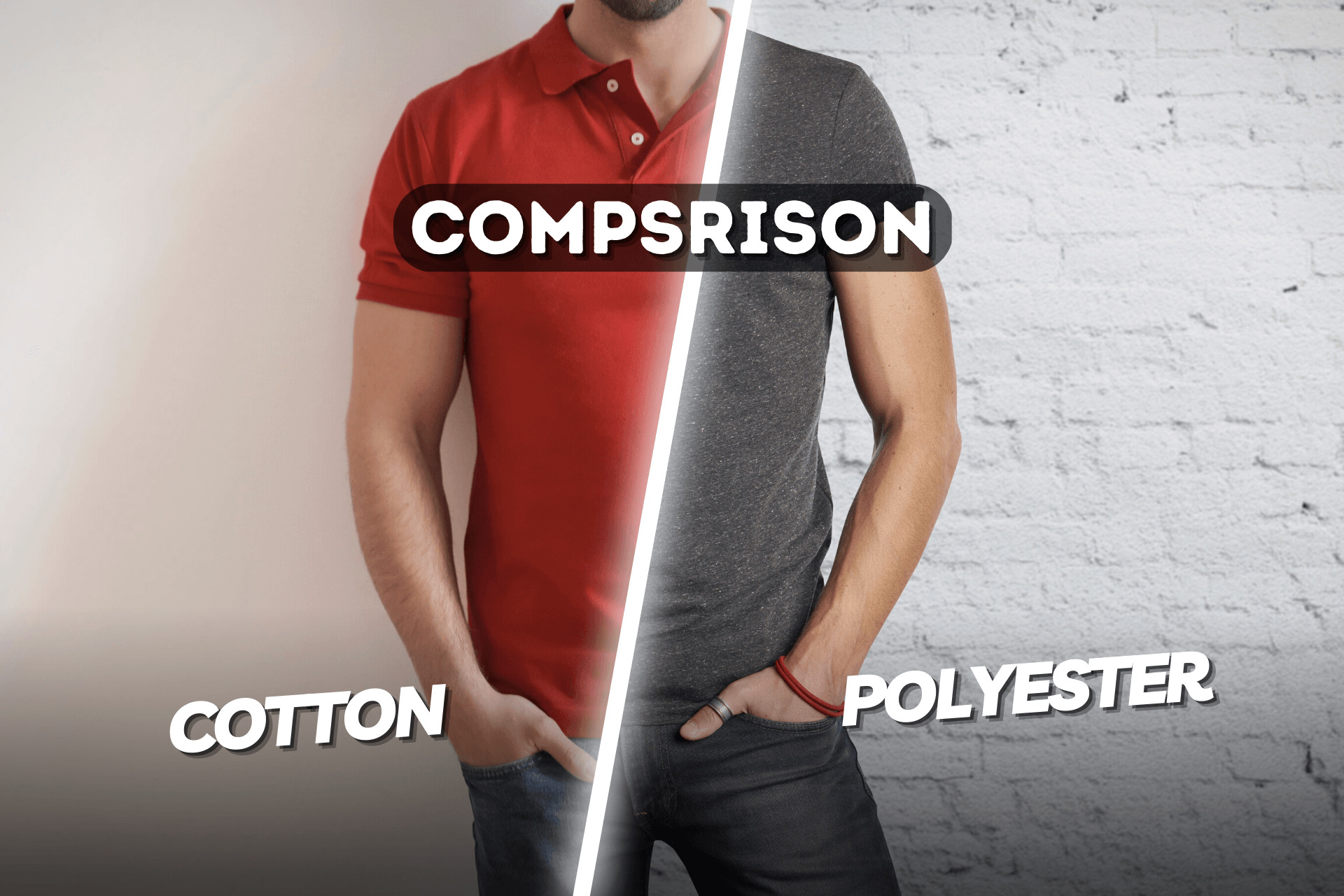

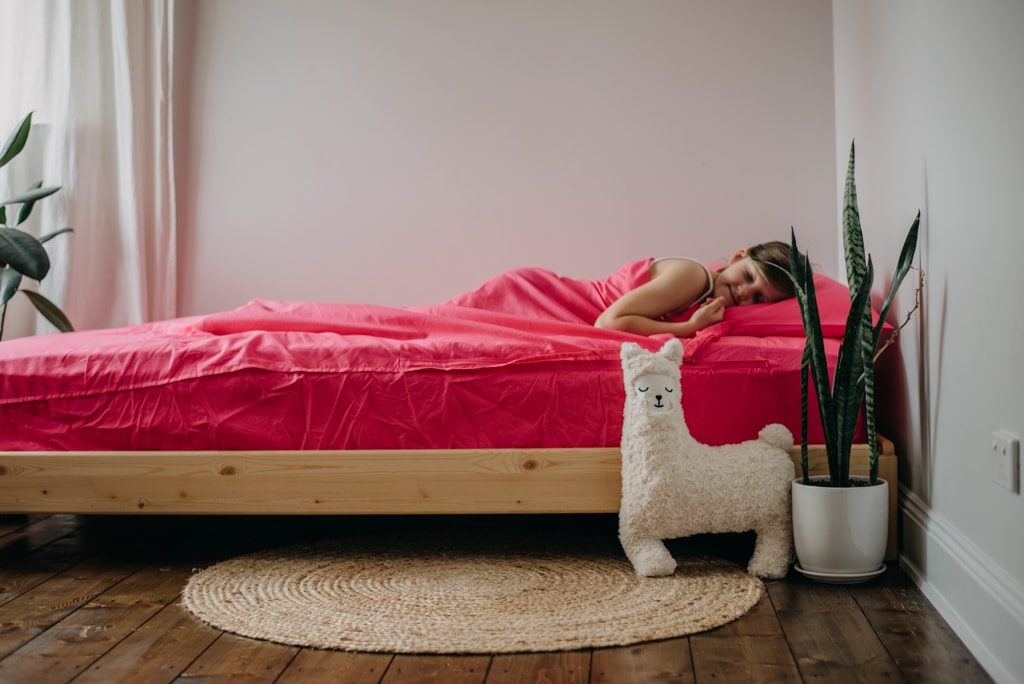
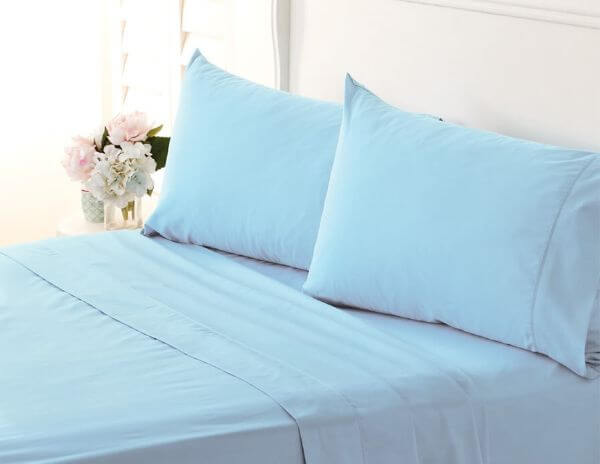
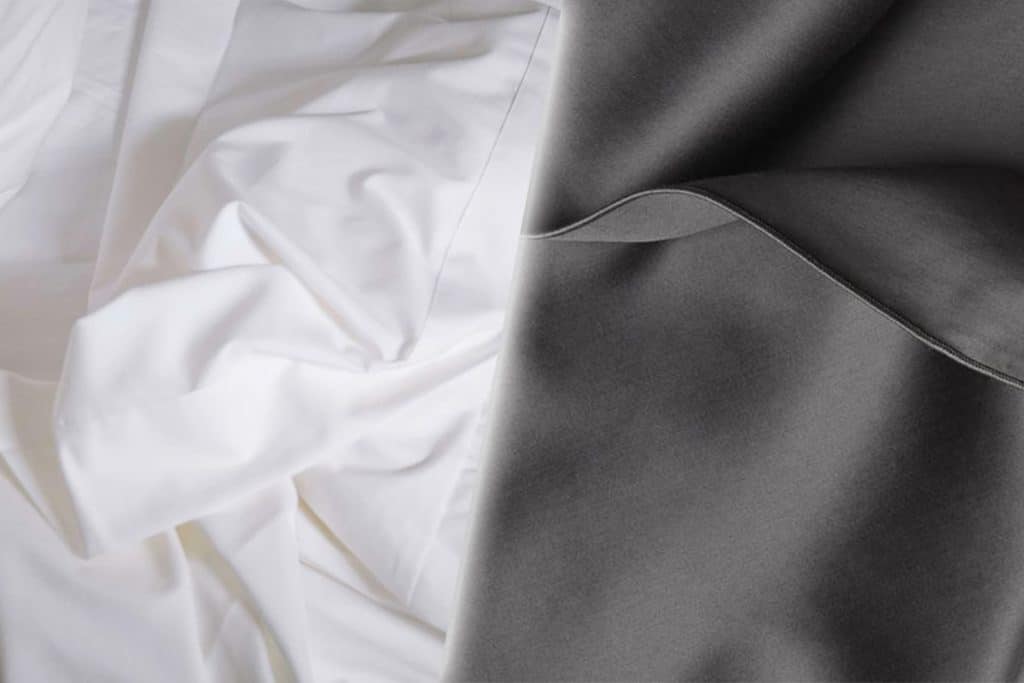







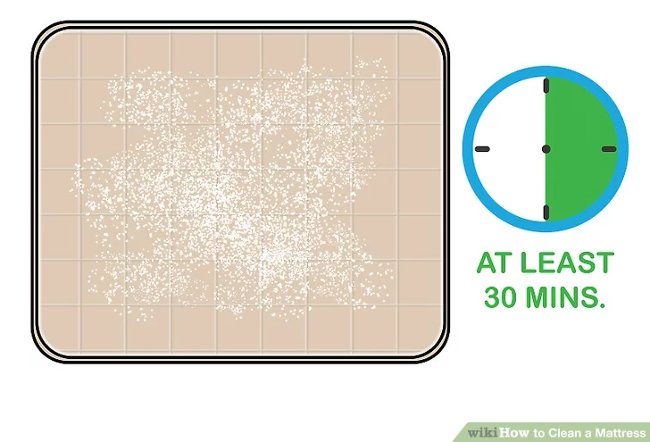


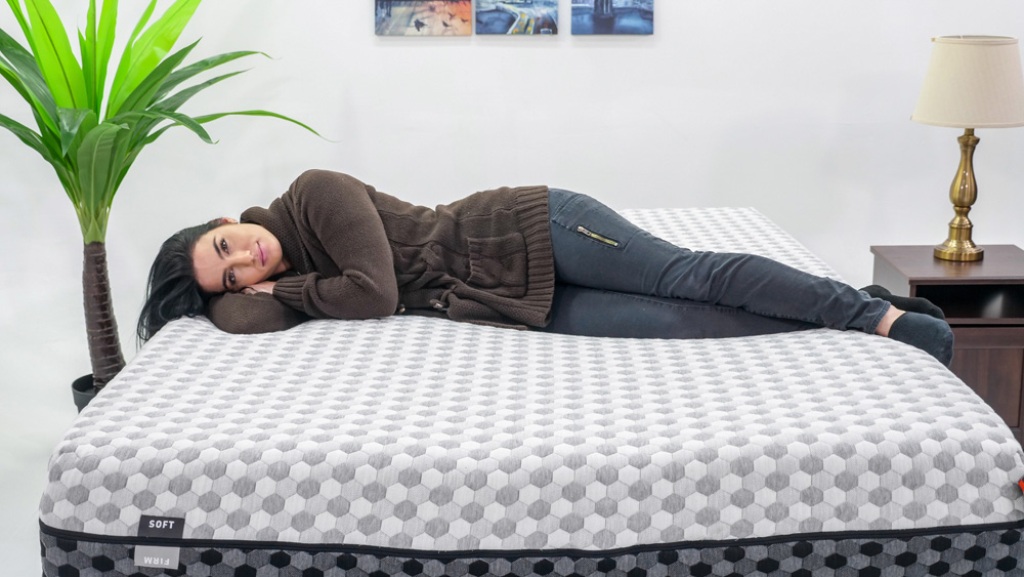





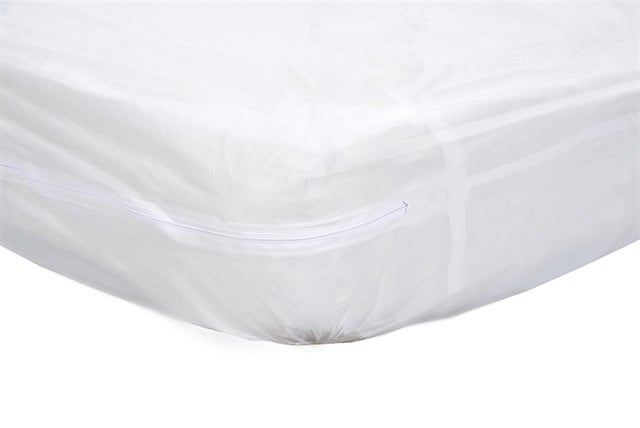

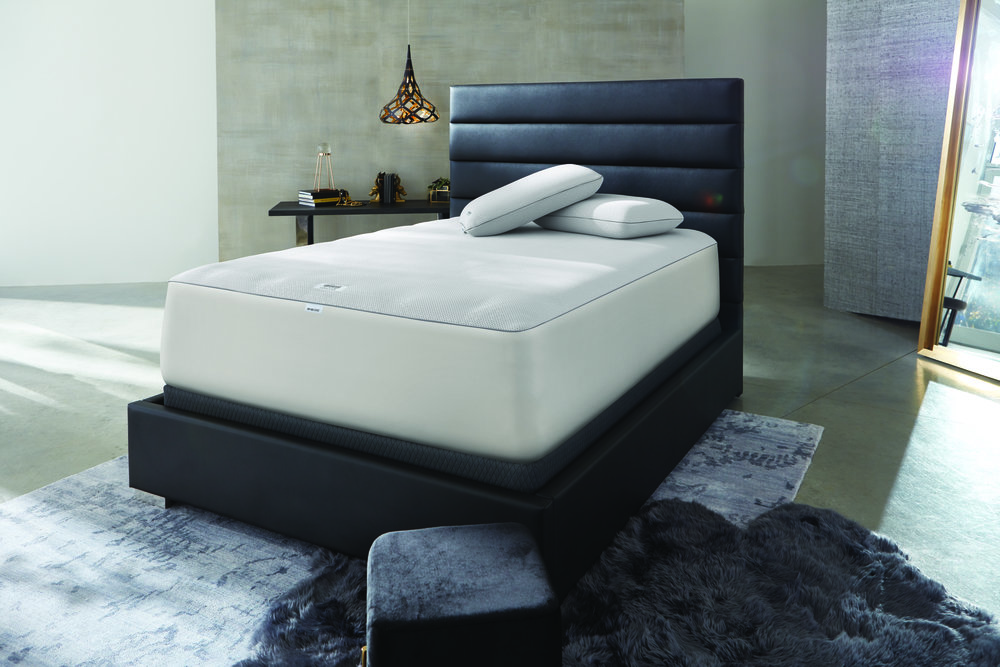










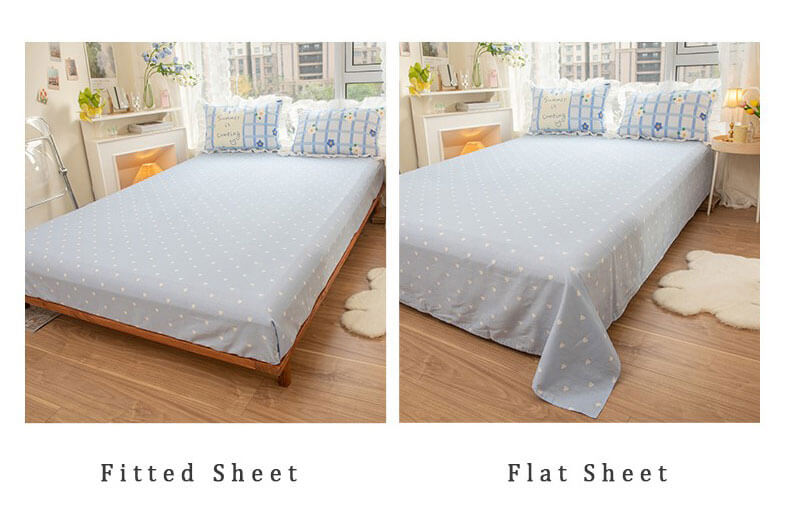
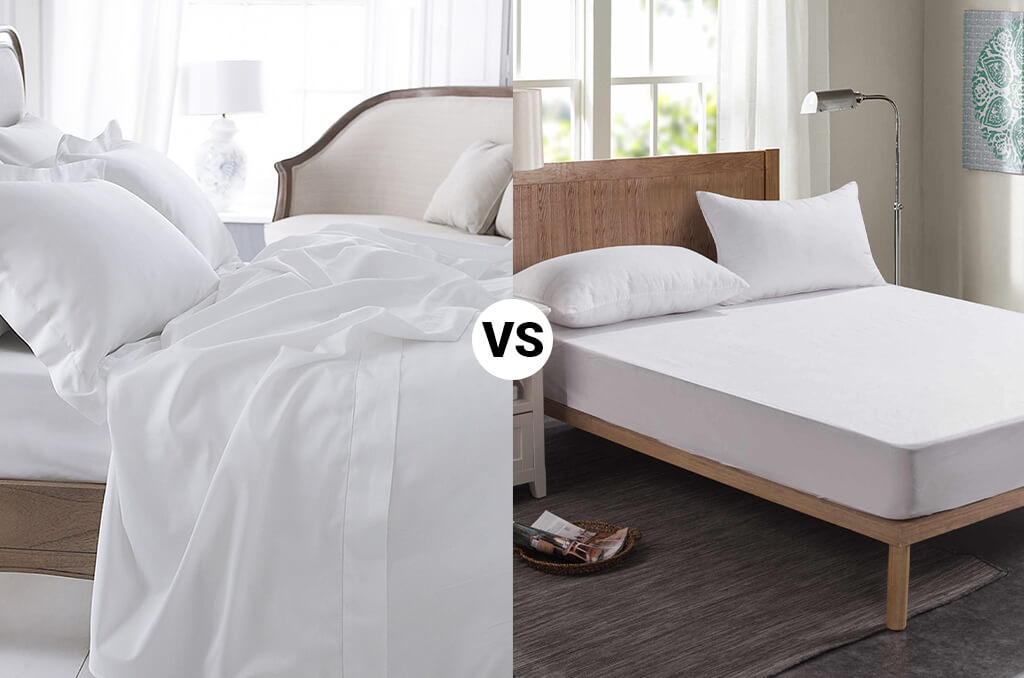

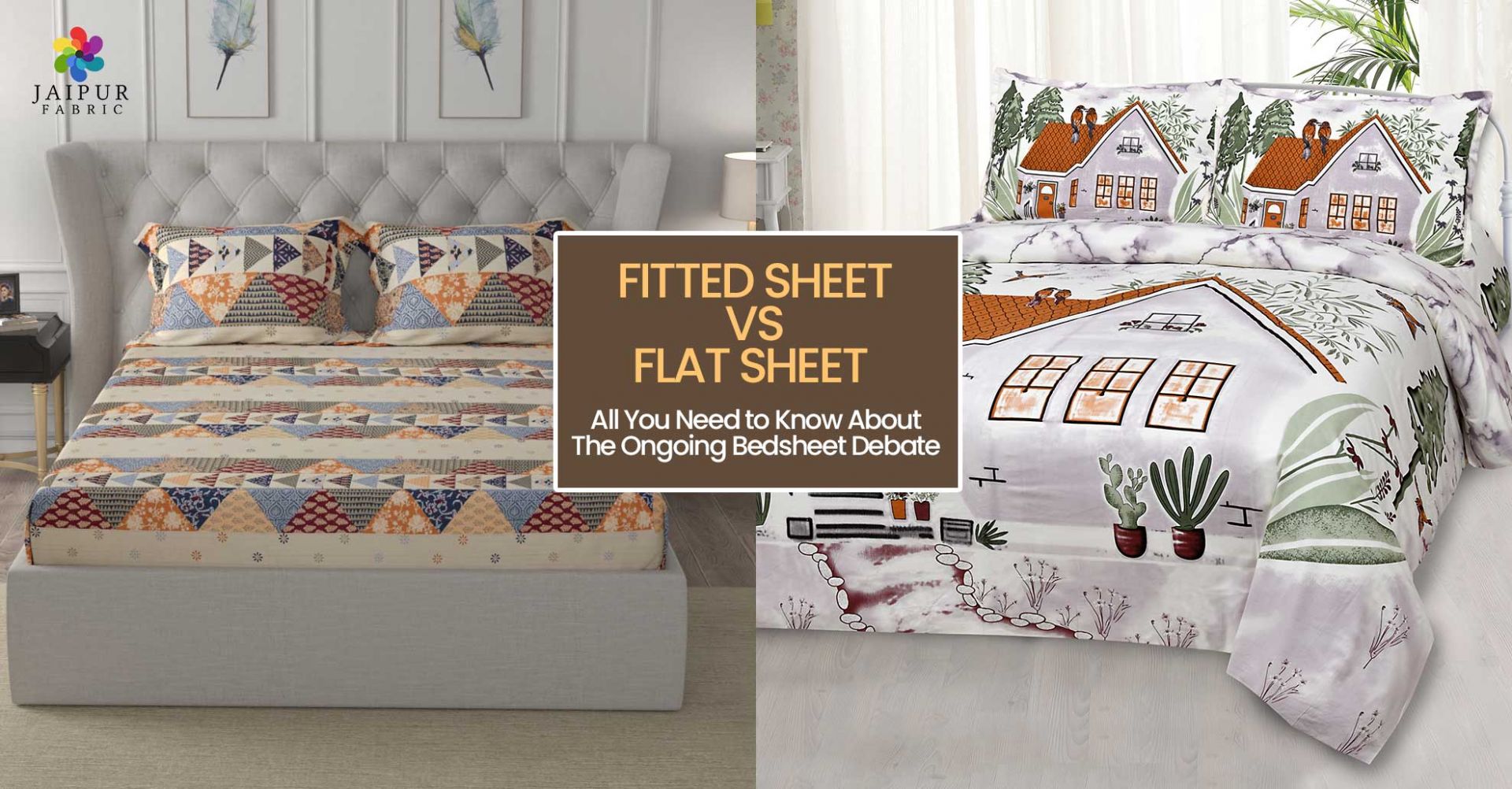
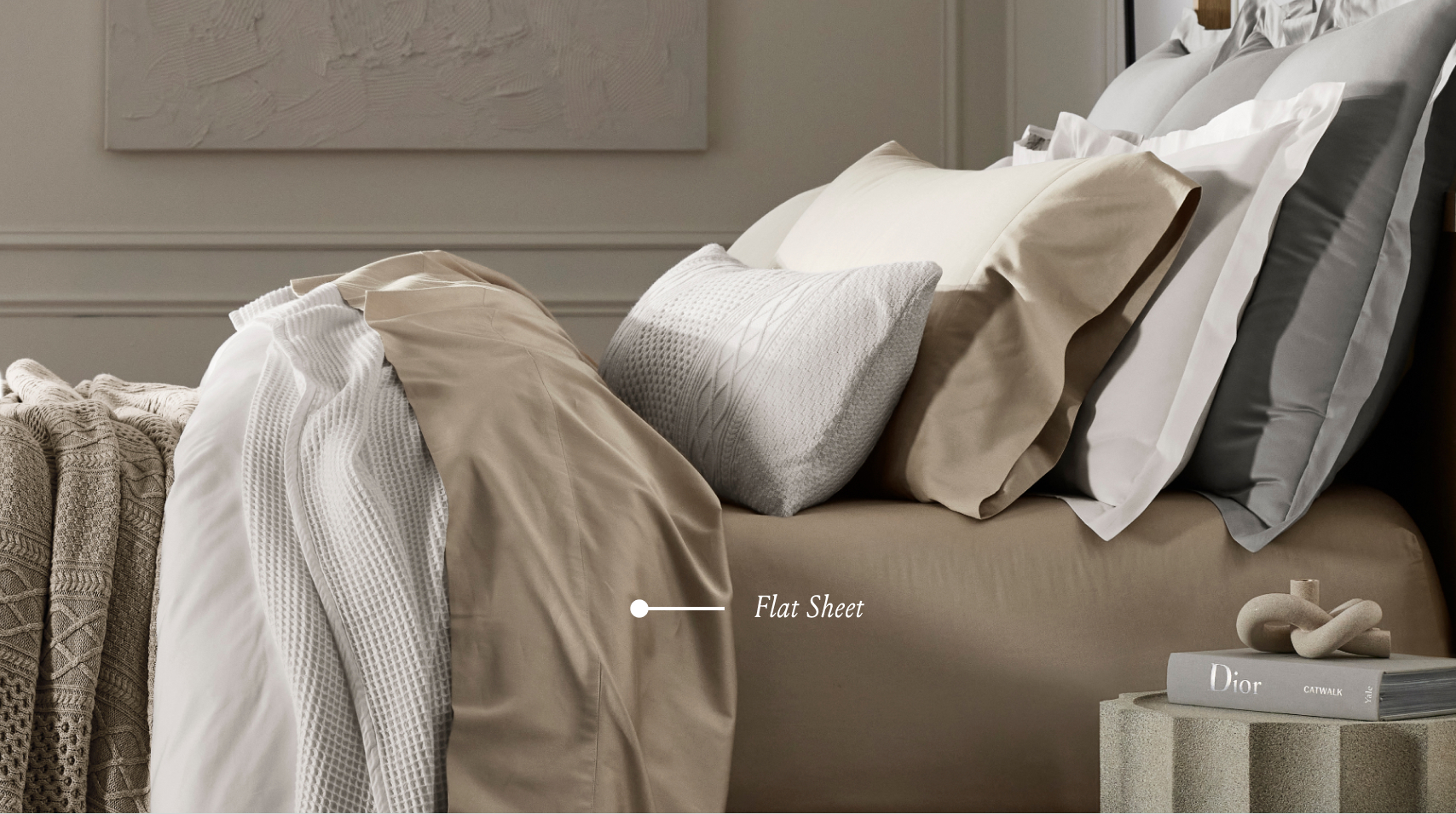



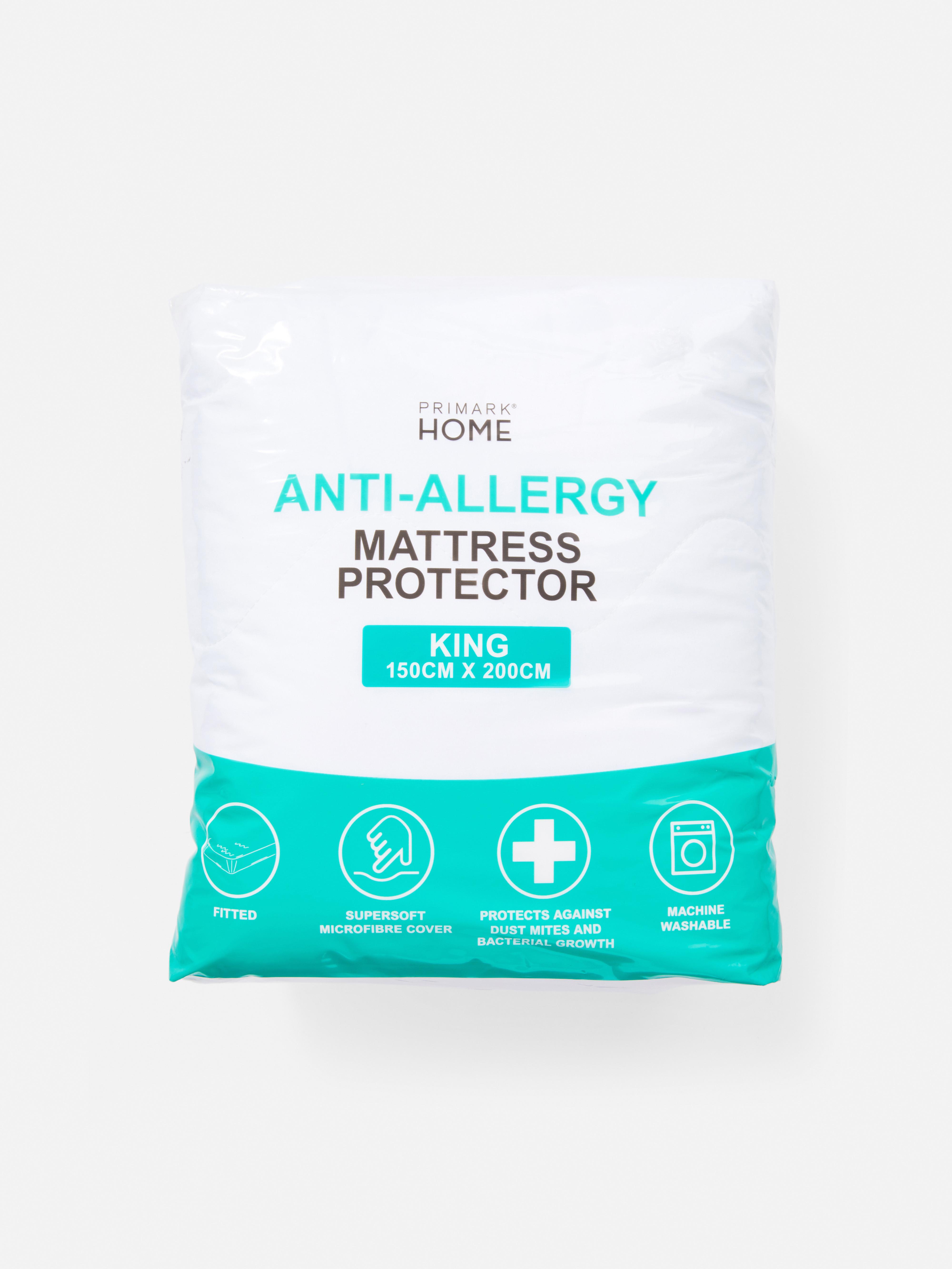
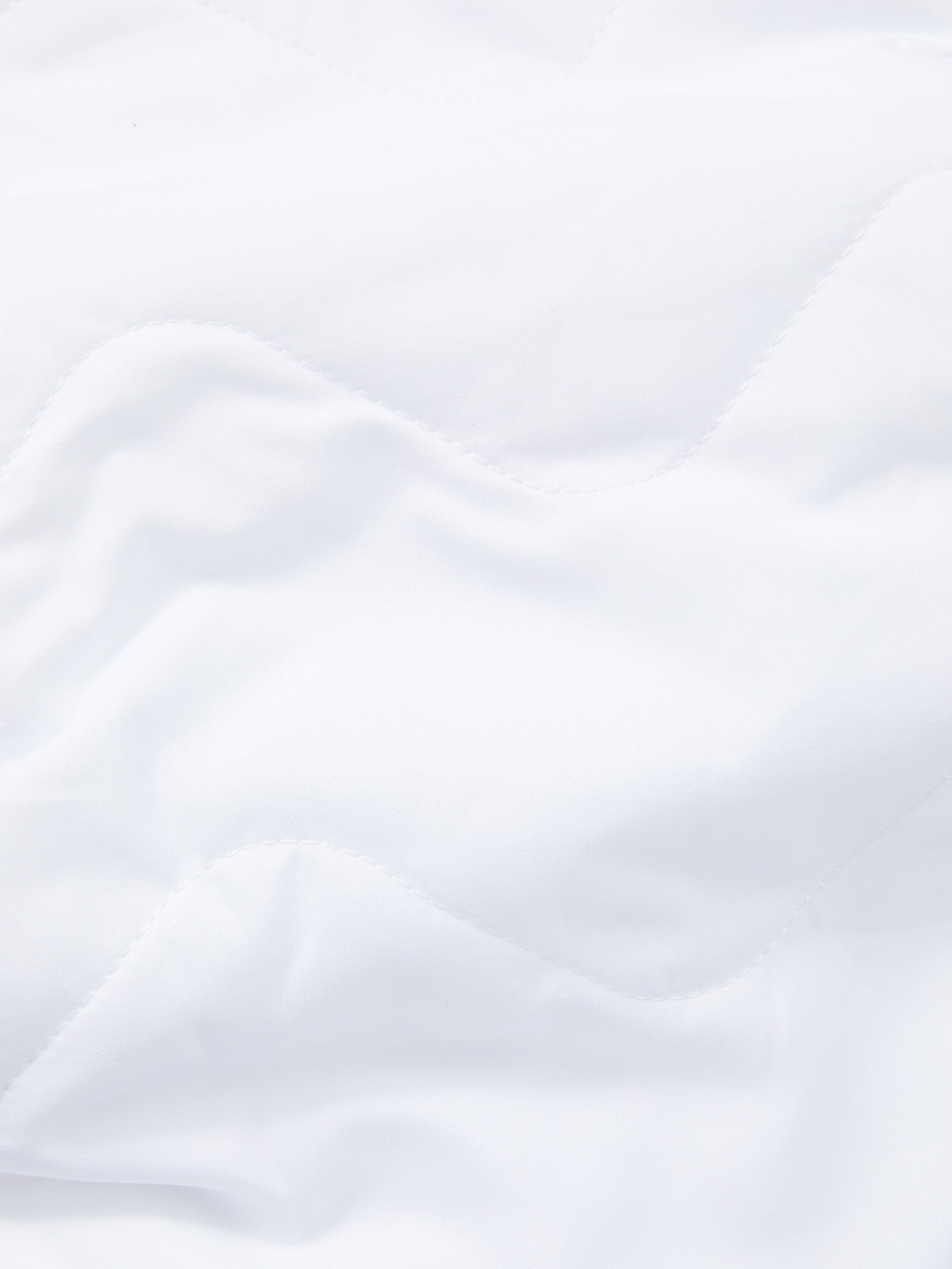









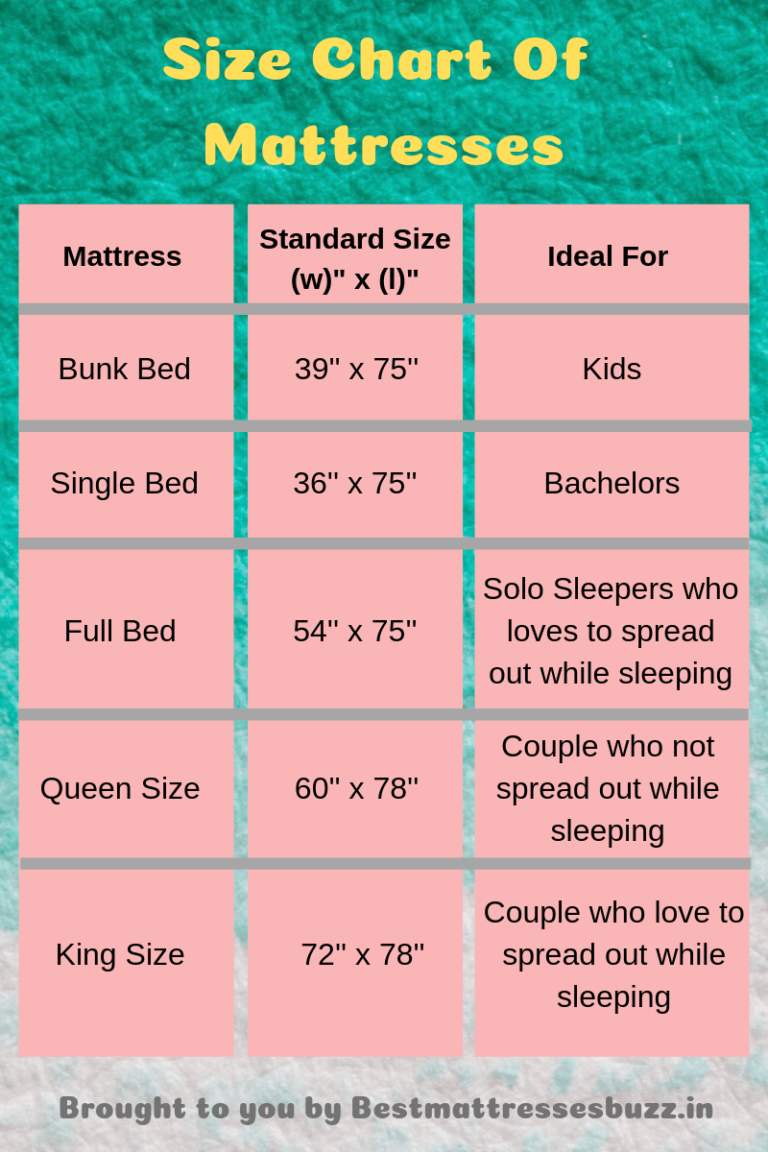

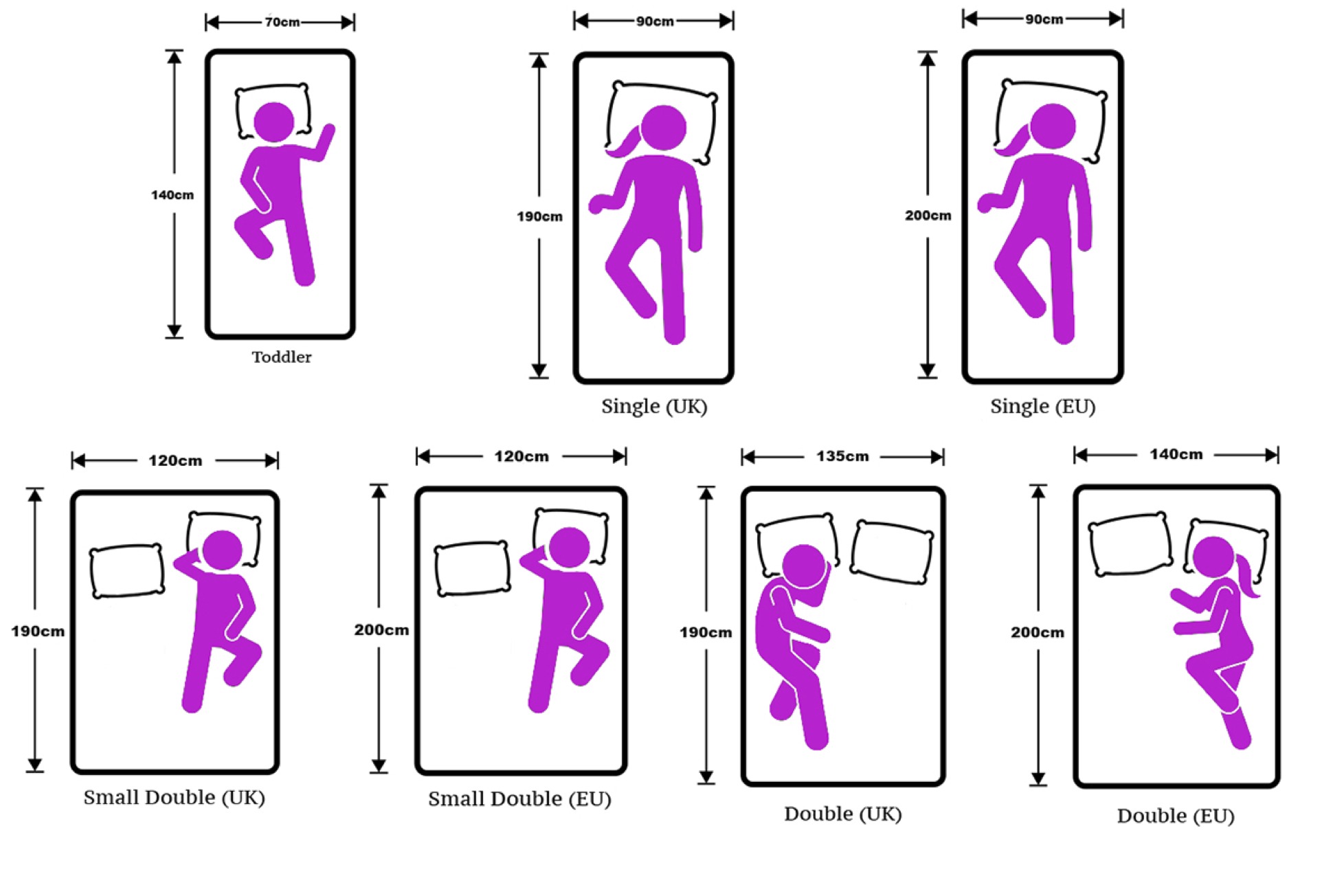



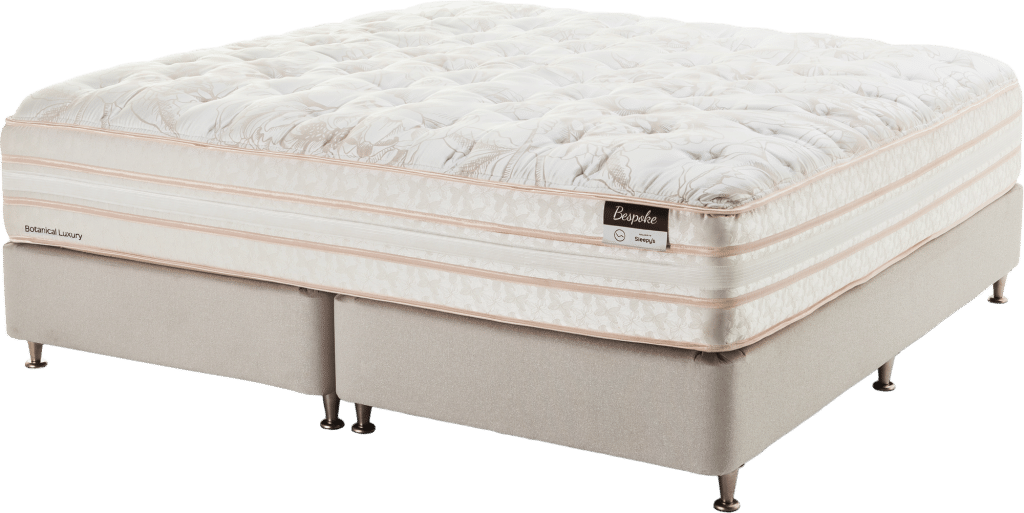
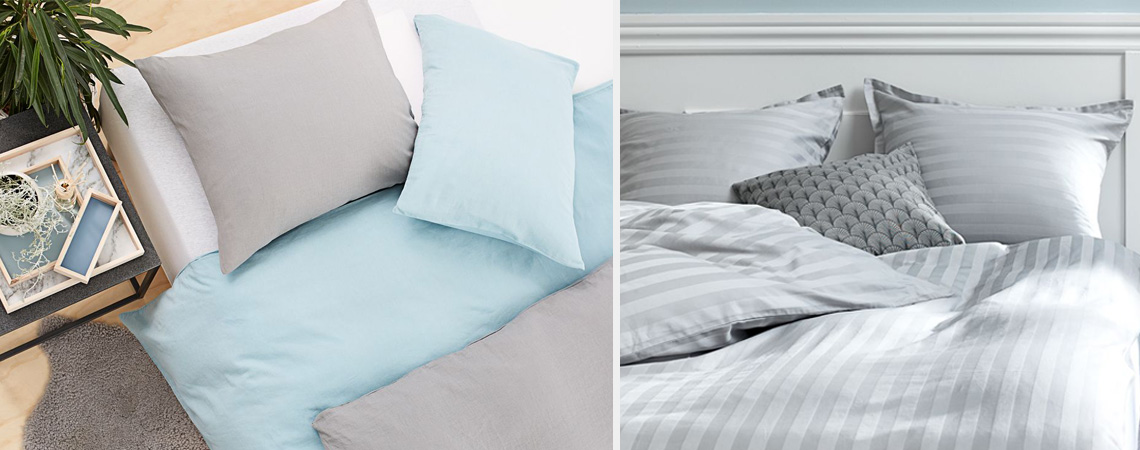


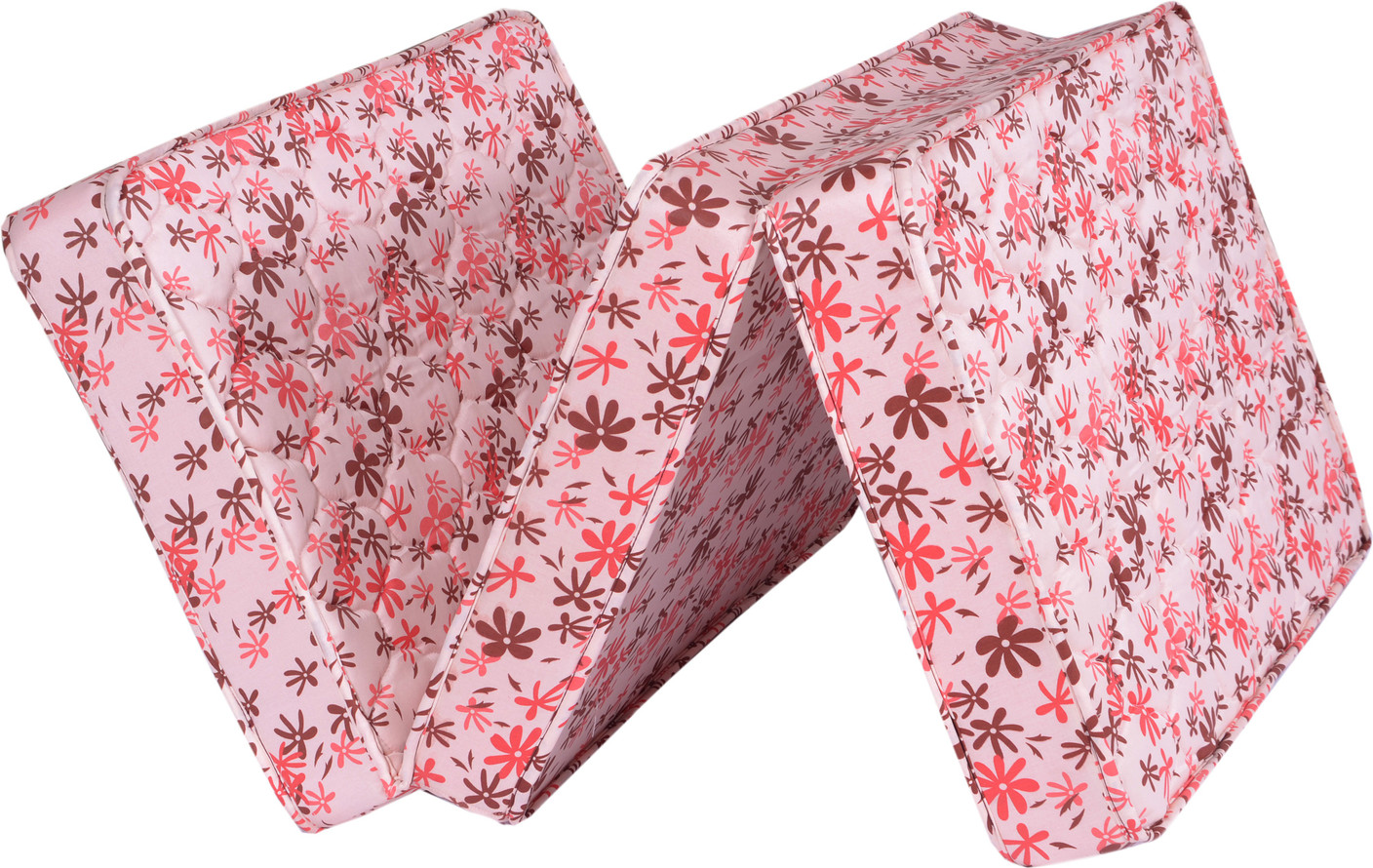
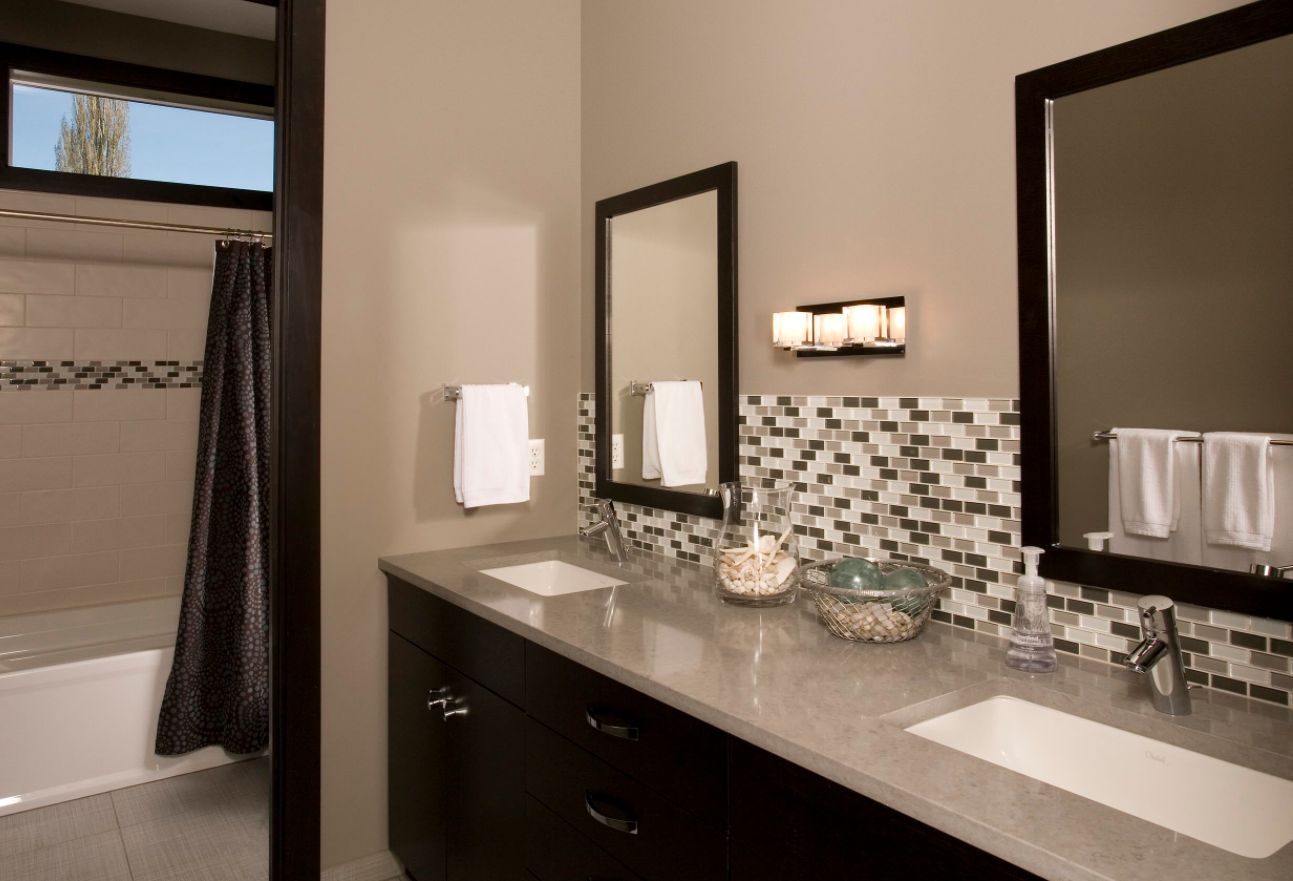
/KitchenCabinets-5a760414a9d4f90036ac0d8a.jpg)


